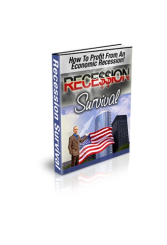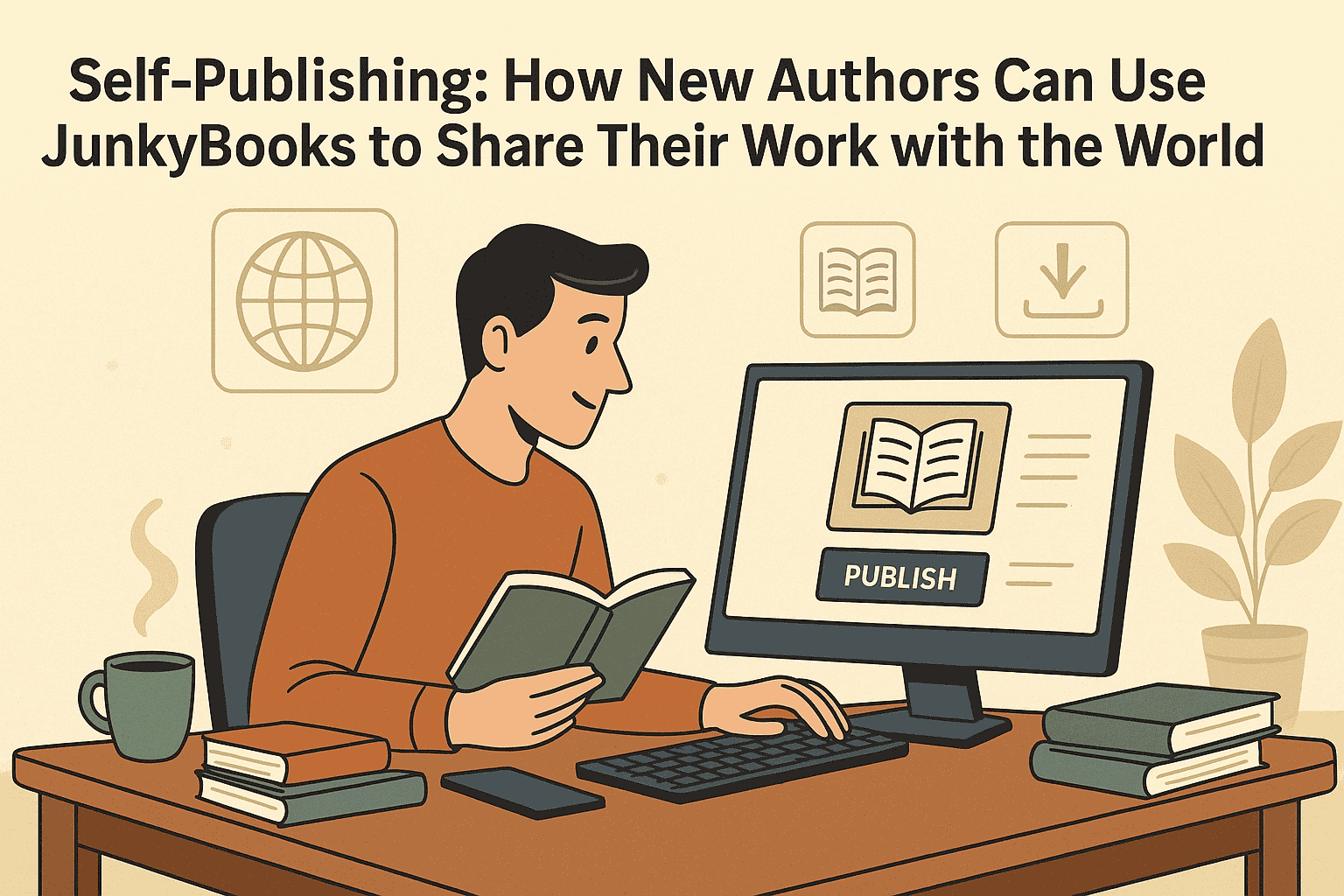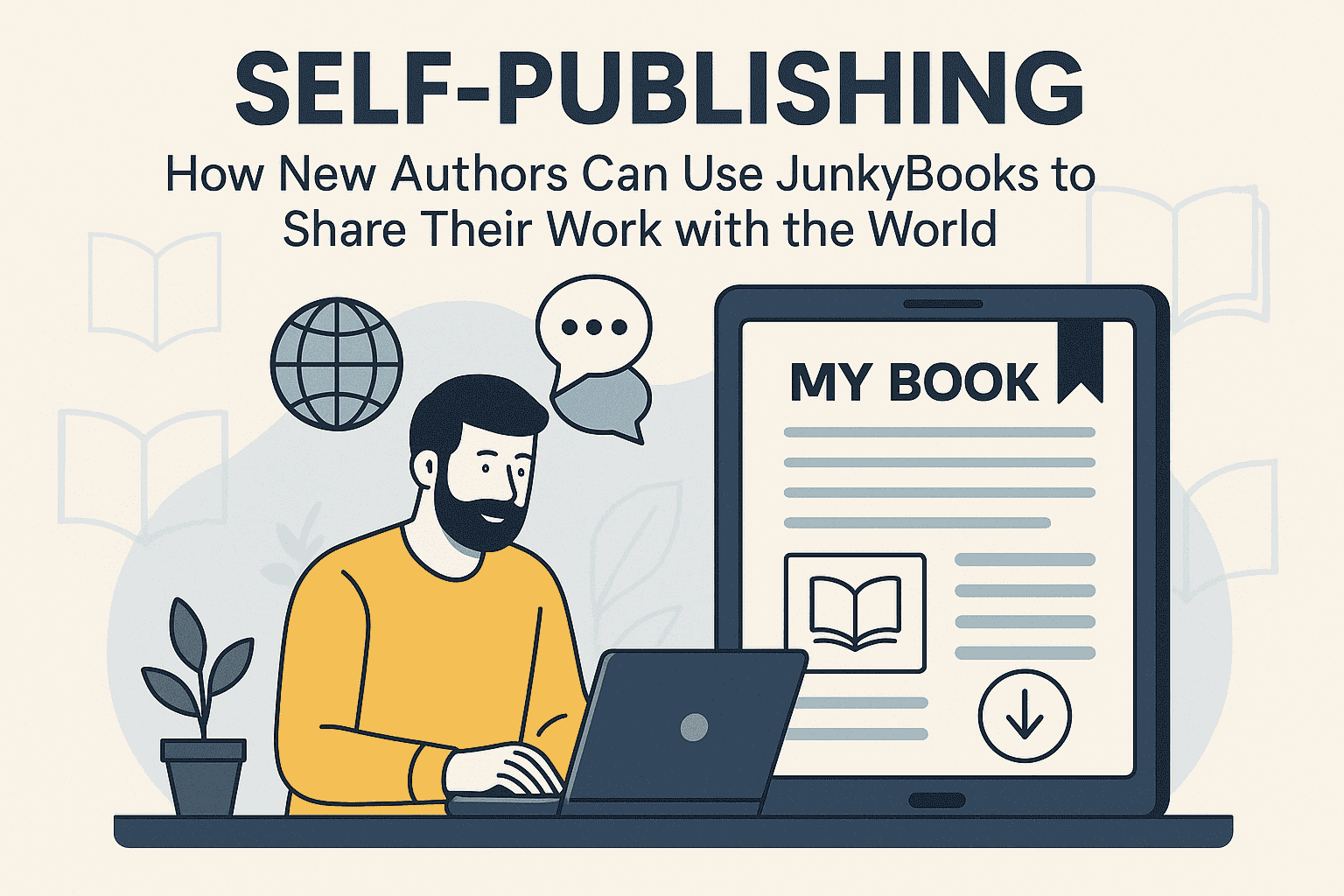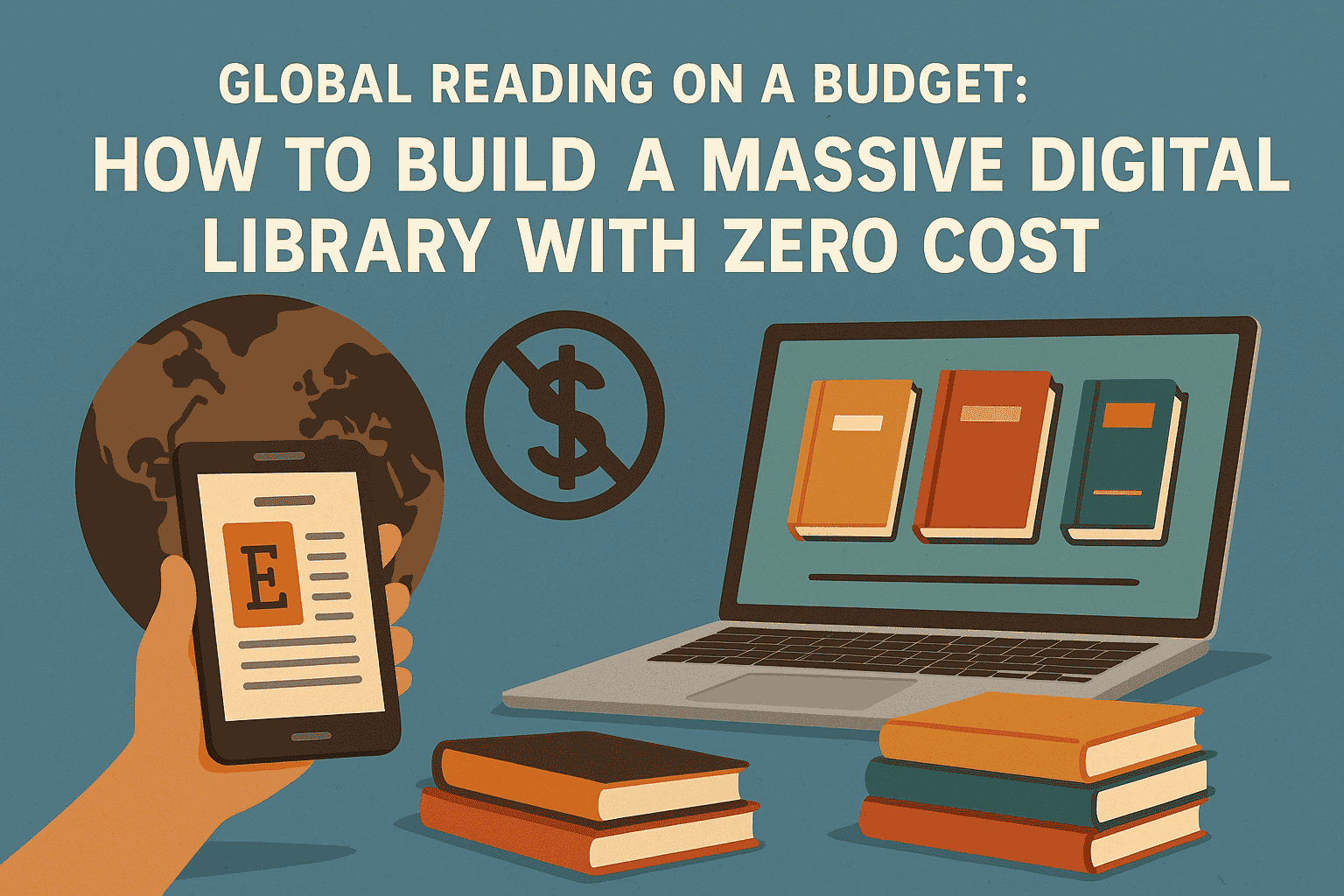The Influence of Romanticism on Poetry and Prose
Romanticism was more than just a literary movement—it was a cultural and artistic revolution that reshaped the way people thought about nature, emotions, and individualism.
Emerging in the late 18th century as a reaction to the Enlightenment's emphasis on reason and order, Romanticism championed the power of imagination and the depth of human emotion. Its influence on poetry and prose continues to resonate, shaping literary traditions across generations.
The Rise of Romanticism
Romanticism gained prominence in the late 1700s, especially in Europe, before spreading to the United States and other parts of the world. Writers sought to break away from the rigid structures of classical literature and embrace a more expressive and personal form of storytelling. The movement was deeply connected to political and social changes of the time, such as the American and French Revolutions, which emphasized freedom, individual rights, and a break from established norms.
Key Themes in Romantic Poetry
Romantic poetry is known for its focus on intense emotions, admiration of nature, and celebration of the individual. Poets like William Wordsworth and Samuel Taylor Coleridge explored nature’s role in human experience, often portraying it as a source of inspiration and spiritual renewal. In his "Lines Composed a Few Miles Above Tintern Abbey," Wordsworth reflects on nature’s ability to heal and restore the soul, an idea that became central to Romantic poetry.
Another defining feature of Romantic poetry is its focus on emotion over logic. Poets such as John Keats and Percy Bysshe Shelley infused their works with deep feelings of love, melancholy, and wonder. Keats' famous "Ode to a Nightingale" captures his longing for escape from reality and his appreciation of beauty, illustrating the Romantic tendency to seek transcendence through art.
Romantic poets also embraced the supernatural and mysterious, often weaving elements of folklore, myths, and the unknown into their works. Coleridge’s "The Rime of the Ancient Mariner" is a prime example, featuring eerie imagery, mystical events, and a cautionary tale of human recklessness. This fascination with the otherworldly added a sense of adventure and imagination that set Romantic literature apart.
Romanticism’s Impact on Prose
While poetry was at the heart of Romanticism, prose also flourished during this period. Novelists such as Mary Shelley, Jane Austen, and the Brontë sisters brought Romantic ideals to fiction, each in their own way. Mary Shelley's "Frankenstein" is often regarded as the first modern science fiction novel, blending Romantic concerns about the dangers of unchecked ambition with Gothic horror elements.
Meanwhile, the works of the Brontë sisters, particularly Charlotte Brontë’s "Jane Eyre" and Emily Brontë’s "Wuthering Heights," reflect deep emotional intensity, strong individual characters, and the wild power of nature. The windswept moors of "Wuthering Heights" serve as a metaphor for the tumultuous love story of Heathcliff and Catherine, demonstrating the Romantic tendency to intertwine setting with emotion.
In American literature, Romanticism gave rise to the Transcendentalist movement, with writers like Ralph Waldo Emerson and Henry David Thoreau promoting self-reliance, spiritual connection to nature, and personal introspection. Thoreau’s "Walden" is a classic example, documenting his experiment in simple living and deep contemplation of the natural world.
The Legacy of Romanticism
Romanticism’s impact on poetry and prose extends far beyond its initial period. The movement paved the way for later literary styles, including Modernism and Postmodernism, by encouraging self-expression and breaking traditional literary boundaries. Many of today’s poets and novelists continue to draw inspiration from Romantic themes, whether through their exploration of deep emotions, appreciation for nature, or imaginative storytelling.
Even in contemporary popular culture, elements of Romanticism remain prevalent. Films, music, and literature often emphasize themes of love, adventure, and rebellion—hallmarks of the Romantic spirit. The movement’s influence can be seen in fantasy novels, where the supernatural and nature play key roles, and in modern poetry, where personal expression is at the forefront.
Conclusion
Romanticism was a transformative force in literature, redefining both poetry and prose with its emphasis on emotion, nature, and individuality. The works of Romantic poets and novelists continue to be studied and admired, proving that the movement’s ideals remain relevant. Whether through the haunting beauty of a Romantic poem or the passionate storytelling of a novel, Romanticism’s legacy endures, reminding us of the power of imagination and the depth of human experience.








